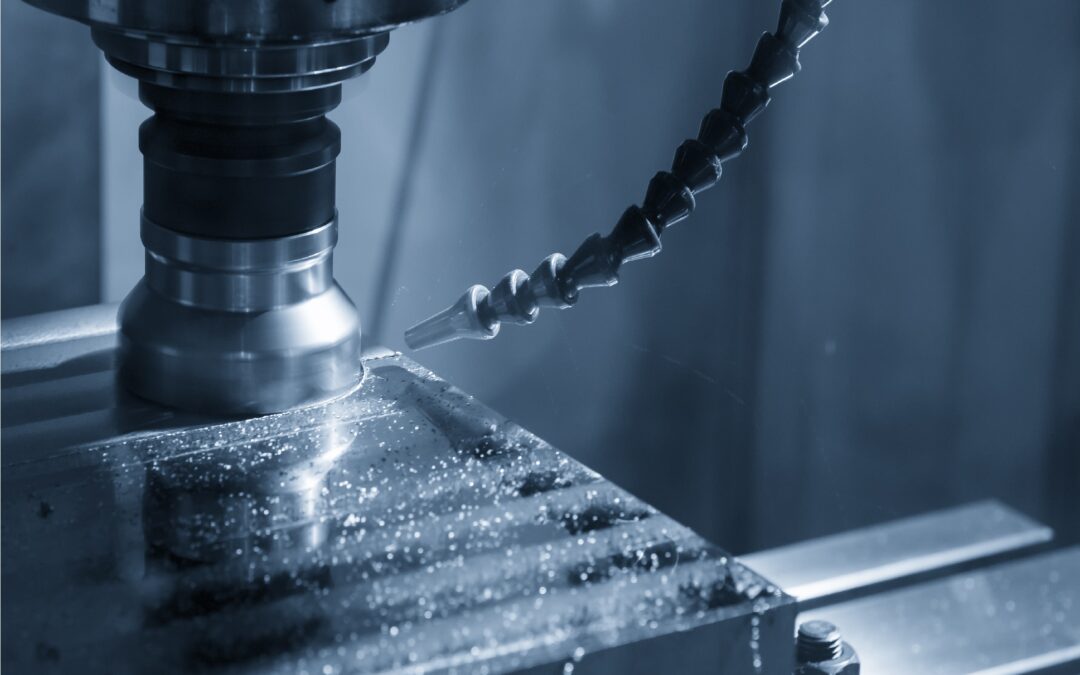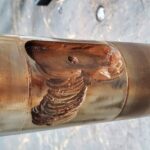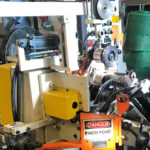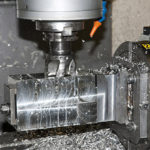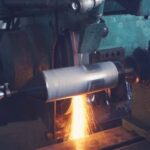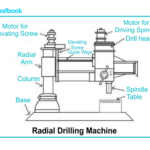Milling machines are mostly general purposes and have a wide range of applications requiring various types and size of milling cutters.
Intermittent cutting nature and usually complex geometry necessitate making the milling cutters mostly by HSS which is unique for high tensile and transverse rupture strength, fracture toughness, and formability almost in all respects i.e. forging, rolling, powdering, welding, heat treatment, machining (in annealed condition) and grinding. Tougher grade cemented carbides are also used without or with coating, where feasible, for high productivity and product quality.
Milling Machine Operations :
Unlike a lathe, a milling cutter does not give a continuous cut but begins with a sliding motion between the cutter and the work. Then follows a crushing movement, and then a cutting operation by which the chip is removed. Many different kinds of operations can be performed on a milling machine but a few of the more common operations will now be explained.
Milling machines operations are explained here :
1) Plain milling or slab milling
Fig.illustrates the plain and slab milling operation. It is a method of producing a plain, flat, horizontal surface parallel to the axis of rotation of the cutter.
This is also called slab milling. This operation produces flat surfaces on the workpiece. Feed and depth of cut are selected, the rotating milling cutter is moved from one end of the workpiece to another end to complete the one pairs of plain milling operation.
2) Face milling
Fig. illustrates the face milling operation. It is a method of producing a flat surface at right angles to the axis of the cutter.
This operation produces a flat surface at the face on the workpiece. This surface is perpendicular to the surface prepared in plain milling operation. This operation is performed by face milling cutter mounted on stub arbor of milling machine. Depth of cut is set according to the need and crossfeed is given to the work table.
Read more: Operation Performed On Milling machine With Diagrams

